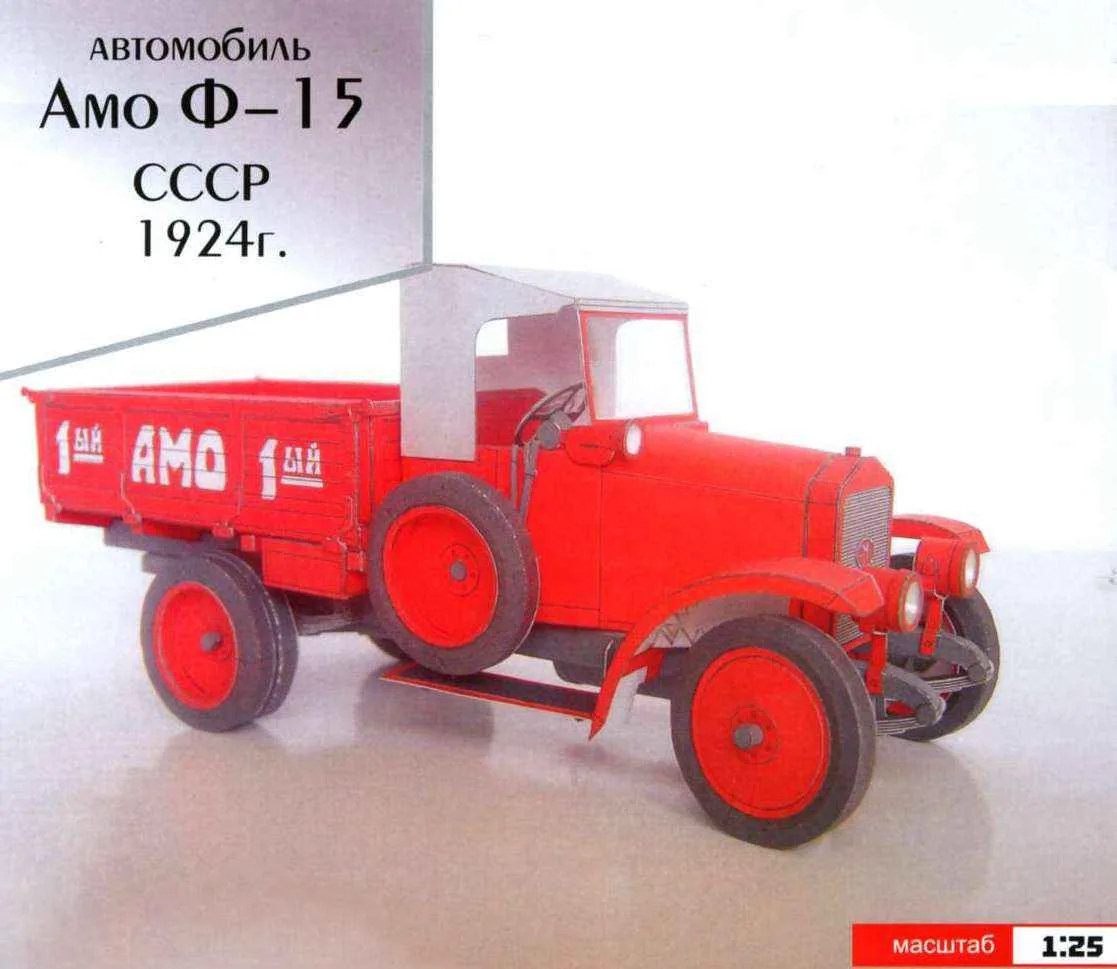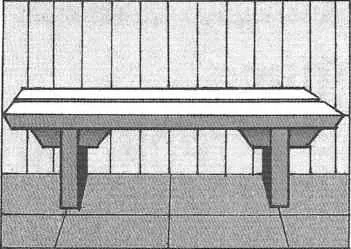 Everyone who had to drill holes using a hand drill or a hand brace, knows how difficult it is to keep the drill bit in the desired position (usually perpendicular to the surface of the workpiece). In many cases, to avoid such difficulties helps homemade machine hand drill.
Everyone who had to drill holes using a hand drill or a hand brace, knows how difficult it is to keep the drill bit in the desired position (usually perpendicular to the surface of the workpiece). In many cases, to avoid such difficulties helps homemade machine hand drill.
Its design can be like this. Thick wide stand mounted vertical stand with two guide rails. In the grooves of the rails easy to move the strap connected to the Shoe (“slide”), to which by means of a metal strip is attached to the body of the drill.
DIY
APPLES INSTEAD OF… UNDERWEAR
 Fans of Apple juice can offer simple to manufacture and does not require significant investment homemade juicer. It is made from an old washing machine.
Fans of Apple juice can offer simple to manufacture and does not require significant investment homemade juicer. It is made from an old washing machine.
The factory extractor has low performance and poor reliability, because they contain a lot of plastic parts. In my homemade bucket of apples processed in 7 – 10 minutes.
For its production we will need from washing machine is mainly drum and its casing. You can rent them from either end washing machine with horizontal loading. To get such a machine nowadays is not a problem, since models change every 2-3 years.
TANK SU-122
 TANK SU-122. Scale model 1:25.
TANK SU-122. Scale model 1:25.
Self-propelled gun SU-122 was developed in November 1942, the design Bureau of UZTM under supervision of L. I. Gorlitskiy. Leading engineer of the car was N. In. Kurin. A sample of the plant (factory designation I-35) was made on November 30, 1942 After the factory test, in the first half of December of the same year self-propelled unit has passed the state tests Gorokhovetsky Anope. On the arms were adopted on 5 December 1942 the Serial production started in December 1942 and lasted until August 1943 and All were released 638 self-propelled guns.
FAVORITE FINISH
 Union gypsum and cardboard. In modern homes and in the individual construction of partition, suspended ceilings often are made of drywall – this versatile material. The popularity contributes to the fact that it is cheap, non-toxic, flame retardant, suitable for different humidity conditions. In addition, be aware that this sheet of finishing material is made from eco-friendly materials. In essence, it’s a thin panel, which is a kind of sandwich, the outer layers which leaves special lining cardboard and an inner layer or a filler composed of plaster and some extra special components.
Union gypsum and cardboard. In modern homes and in the individual construction of partition, suspended ceilings often are made of drywall – this versatile material. The popularity contributes to the fact that it is cheap, non-toxic, flame retardant, suitable for different humidity conditions. In addition, be aware that this sheet of finishing material is made from eco-friendly materials. In essence, it’s a thin panel, which is a kind of sandwich, the outer layers which leaves special lining cardboard and an inner layer or a filler composed of plaster and some extra special components.
BATTLESHIP “ADMIRAL USHAKOV”
 COASTAL DEFENSE BATTLESHIP “ADMIRAL USHAKOV”. Scale model 1:200.
COASTAL DEFENSE BATTLESHIP “ADMIRAL USHAKOV”. Scale model 1:200.
One of the most famous ships of the Russo-Japanese war, the battleship “Admiral Ushakov” was laid on 22 October 1892 at the shipyard Baltic shipyard in St. Petersburg in accordance with the shipbuilding program in 1881, launched in October 1893 and commissioned in 1896. In addition to “Ushakov”, was built two sister ships — “Admiral Senyavin” and “General Admira Apraksin”.
CORROSION THREADED CONNECTIONS
 During repair works of structures with steel threaded connections of the work items that have to deal with the complexity of their separation due to corrosion of the thread. These phenomena can be caused by the influence of precipitation, condensation as a result of temperature changes, as well as in cases of operation in different aggressive environments.
During repair works of structures with steel threaded connections of the work items that have to deal with the complexity of their separation due to corrosion of the thread. These phenomena can be caused by the influence of precipitation, condensation as a result of temperature changes, as well as in cases of operation in different aggressive environments.
WELDING… WATER
 I’m a longtime subscriber of your magazine, use a lot of printed in it. I especially liked the article “Fire… of water”, published in “M-K” № 7, 1980. The description made the cell, and it has become a necessary tool in my workshop.
I’m a longtime subscriber of your magazine, use a lot of printed in it. I especially liked the article “Fire… of water”, published in “M-K” № 7, 1980. The description made the cell, and it has become a necessary tool in my workshop.
CAR AMO F-15

CAR AMO F-15. Scale model 1:25.
Car AMO-f 15 (1924-1931) was the development of the Italian truck FIAT-151ter. The first ten cars were collected from 1 to 6 November 1924 and was presented during a demonstration on 7 November of the same year, on red square. All trucks were painted red.
THE FIGHTER-15

THE FIGHTER-15. Scale model 1:33.
I-15 is one of the best in world practice of aircraft construction of samples of a fighter-biplane – has been developed in 1933 in Polikarpov design Bureau. The scheme and design of the I-15 was a further development of fighter I-5, but had better aerodynamics and a much more powerful motor air-cooled M-25 (license reproduction of the American Wright Cyclone f-3). A characteristic feature of the I-15 was the peculiar form of the upper wing having the circuit “Chayka”, thereby reducing aerodynamic drag and gave the best view forward and up.
GARDEN, MAJOR
 After the construction of cottage or garden house, as a rule, there remains a lot of unused construction material suitable for auxiliary facilities on the site.
After the construction of cottage or garden house, as a rule, there remains a lot of unused construction material suitable for auxiliary facilities on the site.
For example, the remaining timber can be used for making stationary, capital bench. One of the variants of such design offers the Hungarian magazine”, Earmaster”. Everything in it is “solid”, massive; this bench is not afraid of any bad weather, will last a long time, especially if it is not installed on the ground, and on asphalt or tile a cement pad somewhere in a cozy corner of the house wall.





